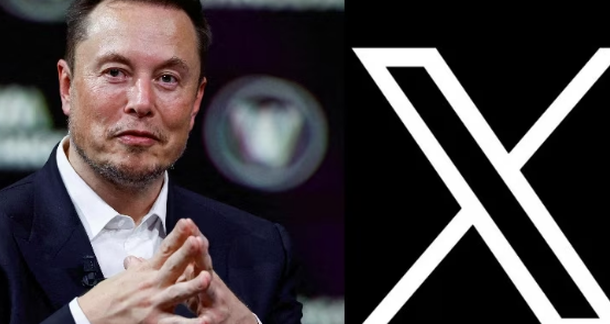Dive into the impact of Elon Musk's Twitter takeover, revealing an 80% reduction in security engineers. Explore the aftermath on response times and abuse handling, as regulatory scrutiny intensifies. Uncover the details behind Twitter's security challenges under the rebranded "X."
Introduction: In a seismic shift within the realm of social media, Elon Musk's takeover of Twitter and its subsequent rebranding as "X" has sparked concerns over user safety. A recent report by eSafety, the internet security regulator in Australia, exposes a dramatic restructuring, with an astonishing 80% reduction in Twitter's security engineers. This article delves into the repercussions of Musk's actions, shedding light on the aftermath that has raised eyebrows among users and drawn regulatory scrutiny.
Unveiling the Security Exodus: A Drastic 80% Reduction: Following the acquisition and rebranding of Twitter as "X," Elon Musk wielded the axe on the security front, leading to an 80% reduction in security engineers. Before the October 2022 takeover, the company boasted 279 security-focused engineers worldwide. However, by the end of May 2023, this number had plummeted to a mere 55. The staggering scale of this reduction raises questions about the platform's commitment to user safety and security.
Trimming the Security Workforce: A Broader Impact: Beyond the security engineering team, Musk's overhaul extended to other critical components of Twitter's safety apparatus. The trust and security team, initially numbering 4,062 individuals, saw a significant cut to 2,849. Similarly, the content moderation team experienced a 50% reduction, dropping from 107 to 51 members. Evidently, Musk's restructuring had widespread implications for Twitter's overall security infrastructure.
User Experience Deterioration: Slowed Response Times and Handling: As a consequence of these substantial workforce reductions, users have reportedly felt the impact on Twitter's responsiveness to offensive content. According to eSafety, response times to offensive tweets have slowed by 20%, while efforts to address abusive direct messages have suffered a staggering 70% slowdown. These findings raise concerns about the platform's ability to maintain a safe and secure environment for its users.
Regulatory Scrutiny and Silence from X: The revelations from eSafety prompted regulatory intervention, with the Commissioner utilizing Australia's Internet Safety Act to demand transparency from "X" regarding its user safety measures. However, the report indicates that "X" failed to respond to inquiries from Forbes regarding the government's findings. The absence of a proactive stance on security concerns invites further scrutiny into Musk's reshaping of Twitter's safety protocols.
Legal Confrontation Looms: Civil Action Against X Unveiled: In a further twist, eSafety announced in December its initiation of civil action against "X" for non-compliance with requests for information on combatting online child abuse. This legal maneuver follows X's refusal to pay a fine of A$610,500 ($409,000) for withholding crucial information. With the potential for daily fines reaching A$782,000 ($524,456), the legal battle looms large, threatening substantial financial repercussions for Musk's rebranded social media entity.
In the wake of these revelations, the future of "X" remains uncertain, as users and regulators closely monitor developments and demand accountability in the pursuit of a safer online space.


Comments